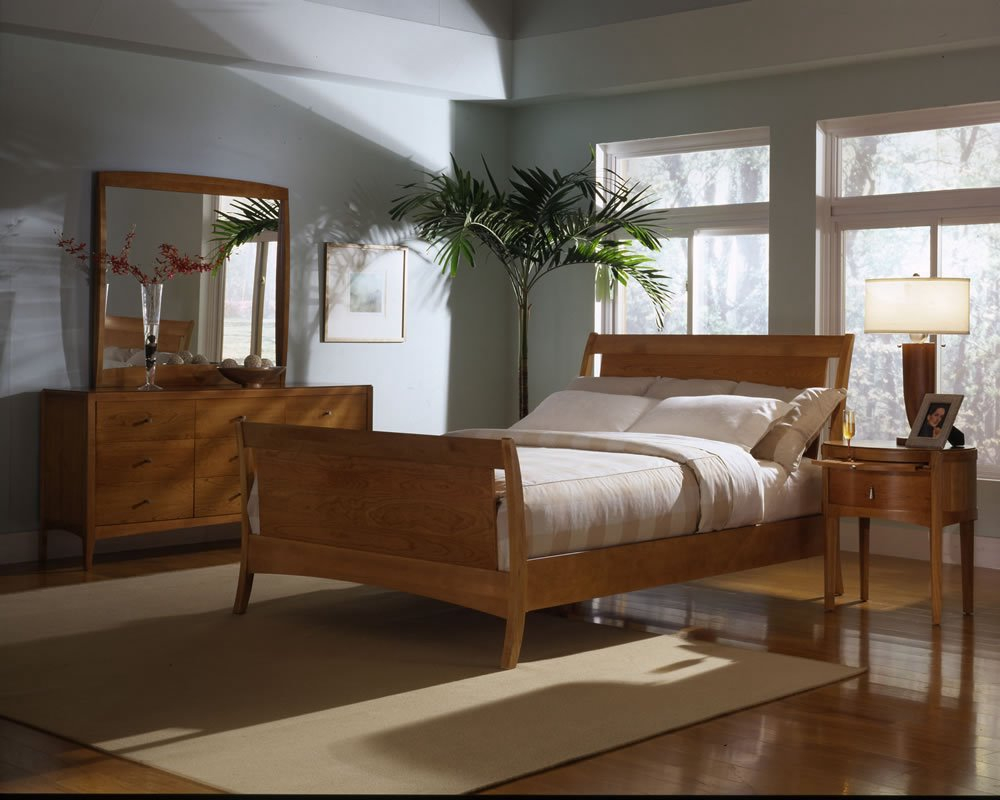A primary goal of Art Deco house designs is to make the most of the natural light that enters your space. To do this, you should make sure that your windows are placed strategically. Windows should be placed in areas where they will help generate the most natural light, while still maintaining a sense of privacy. Additionally, consider installing large window treatments that can help diffuse the light within the space. To add an Art Deco touch, you could also consider installing stained-glass windows for extra color and flare.Make Use of Natural Lighting
When planning a house design, it's essential to consider the environmental impact of your decisions. This is particularly true when creating an Art Deco-style home. To ensure the energy-efficiency of your home, consider investing in eco-friendly materials and installing energy-efficient appliances. Additionally, incorporate insulation and thermal-resistant materials into your design. When done right, energy-efficient elements will help you save money on your energy bills for years to come.Think About Energy-Efficiency
One of the hallmarks of Art Deco designs is their heavy utilization of marble, wood, and aluminum. This combination of material helps to create a visually stunning and luxurious look. When selecting materials for your construction project, make sure to look for finishes that have a polished and luxurious appearance. Specialty materials like high-end tiles or hardwood flooring can go a long way in adding a unique Art Deco style to your home.Choose The Right Construction Materials
One of the key features of Art Deco house designs is their focus on airy and open floor plans. This type of layout helps maximize available space by creating levels and visually-interesting arrangements. To ensure the functionality of your open floor plan it's important to create different living zones by incorporating furniture and rugs into various sections of the room. Additionally, consider zoning to create distinct living areas within the same space.Opt for Open Floor Plans
To create an Art Deco-style home, be sure to consider both proportions and scale. Pay special attention to the size and placement of furniture, fixtures, and artwork. Art Deco designs often play with scale and proportions to create balance and interest within the space. To further enhance the overall look, consider incorporating unexpected pieces, like large-scale artwork or a large-scale statement piece of furniture.Pay Attention to Proportion and Scale
When designing an Art Deco-style home, it's important to make sure that each room flows effortlessly into the next. To create a unified look throughout your home, create continuity by using the same finishes and accent pieces in different rooms. Additionally, consider painting an accent wall that ties together different colors and hues throughout the space. When done right, this will help draw the eye through the space and make your Art Deco-style home feel even more visually stunning.Make Sure That the Rooms Flow Well
Colors and finishes are key to creating the Art Deco look. Bold hues, such as reds, blues, and yellows, are great choices. Additionally, incorporate Art Deco-style accessories like vases, clocks, and wall art to add further flair. When selecting finishes, look for materials with a high reflective quality, such as stainless steel, wood, and marble. These finishes will help add shimmer and sparkle to the space, creating an even more luxurious experience.Choose the Right Color and Finishes
If you're looking for ways to increase your living space, consider incorporating easy-to-maintain outdoor spaces into the design. To create an inviting atmosphere consider incorporating lush foliage and natural stone features into your landscape design. Additionally, consider installing pavers and other materials that create a contemporary and luxurious look. To add even more texture, incorporate natural stone features, like a water feature or outdoor fireplace, into the design. Include Easy-to-Maintain Outdoor Spaces
When creating an Art Deco-style home, be sure to pay attention to detail. High-quality doors, door hardware, and art doors will help give your home a sophisticated and luxurious look. Additionally, consider incorporating luxurious materials such as gold, silver, and marble into your design. Art Deco-style door hardware should also feature bold details, such as stepped edges or rosette designs. Incorporating these high-quality details will help ensure that your home remains timeless and beautiful for years to come.Make Use of High-Quality Details
Finally, when creating an Art Deco-style home, it's important to think beyond aesthetics. Unpredictable trends and lifestyle changes often mean that one-size-fits-all homes may not be the best choice. To prepare for the future, consider creating flexible spaces within your home. Multi-purpose and sustainable designs that can be adapted to different needs is always a good idea. Additionally, consider incorporating extra storage areas that can be used to store items when not in use. Plan for the Future with Flexible Spaces
Understanding Your Parameters
 When designing your home, it’s important to
consider the parameters
of the space you’re working with. What’s the size and shape of your lot? If you have multiple levels, how does each fit into the overall plan? Are there any site
design restrictions
in your area that you need to adhere to? How will the orientation of your home impact the way it’s used?
When designing your home, it’s important to
consider the parameters
of the space you’re working with. What’s the size and shape of your lot? If you have multiple levels, how does each fit into the overall plan? Are there any site
design restrictions
in your area that you need to adhere to? How will the orientation of your home impact the way it’s used?
Be Open to Flexibility
 Consider all aspects of the design that are going to be impacted, both
positively and negatively
, if you make any changes. It may not be easy to move things around later, so it’s best to get it right the first time. If you end up needing to make changes, be open to the idea that it may just open up
other possibilities
that you weren’t aware of before.
Consider all aspects of the design that are going to be impacted, both
positively and negatively
, if you make any changes. It may not be easy to move things around later, so it’s best to get it right the first time. If you end up needing to make changes, be open to the idea that it may just open up
other possibilities
that you weren’t aware of before.
Consider the Future
 While it may be difficult to think that far ahead, try to make the
long-term
a part of your house design plans. What do you think may change in the future, and how can you prepare for those changes? Will you need to accommodate an older parent? Do you anticipate children in the future who may need additional space? Will there be times when more guests are there than usual?
While it may be difficult to think that far ahead, try to make the
long-term
a part of your house design plans. What do you think may change in the future, and how can you prepare for those changes? Will you need to accommodate an older parent? Do you anticipate children in the future who may need additional space? Will there be times when more guests are there than usual?
Embrace Simplicity
 Establishing good
architectural house design principles
will inform many of your decisions, and embracing simplicity is one of the best ways to make a home comfortable and functional. Stripping away the superfluous or overly complex can help to ensure that your design is timeless and truly delivers what you need.
Establishing good
architectural house design principles
will inform many of your decisions, and embracing simplicity is one of the best ways to make a home comfortable and functional. Stripping away the superfluous or overly complex can help to ensure that your design is timeless and truly delivers what you need.
Bring in a Professional
 Although
DIY house design
is becoming increasingly popular with digital tools and online resources, there are still times when you’ll want to bring in a professional. Architects can provide an objective perspective and help to ensure that your project is safe and well-executed. They can also bridge the gap between design and reality, spot potential problems that you may not be aware of, and help you navigate any local building codes.
Although
DIY house design
is becoming increasingly popular with digital tools and online resources, there are still times when you’ll want to bring in a professional. Architects can provide an objective perspective and help to ensure that your project is safe and well-executed. They can also bridge the gap between design and reality, spot potential problems that you may not be aware of, and help you navigate any local building codes.




























































































































